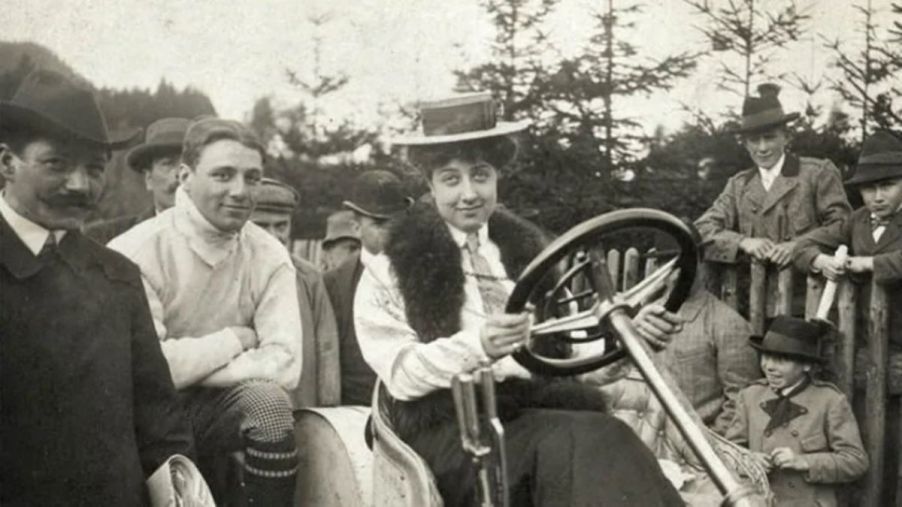
The Creepy and Tragic History of the Mercedes-Benz Name
Mercedes-Benz is possibly the most well-known German car company in the world, and easily one of the most recognized and respected luxury brands. The Mercedes S-Class, G-Wagon, and Mercedes-AMG GT are icons in the premium performance car world. The brand also has a strong history of racing. But did you know about the stranger side of Mercedes-Benz’s history, and the tragic story of one Mercedes Jellinek?
The history of Mercedes-Benz, Daimler, and the Jellinek family
In 1886, two men invent the very first automobile: Karl Benz in Mannheim and Gottlieb Daimler in Stuttgart. Benz’s wife, Bertha, takes the very first long-distance road trip to convince the masses that this startling new Benz Patent Motorcar is safe.
In 1900, Emil Jellinek arrives on the scene. He’s a successful businessman with a lot of money to throw around, and he wants a fast car. His love for speed and racing led him to demand faster, more powerful cars from Daimler-Motoren-Gesellschaft. As he became their best customer, he introduced the name Mercedes—the name of one of his children, meaning “mercies.”
In 1926, the two companies merged, becoming Mercedes-Benz. While the specific name itself is nearing its centennial, the greater company has enjoyed over 100 years of superior luxury and performance.
Who was Mercedes Jellinek?
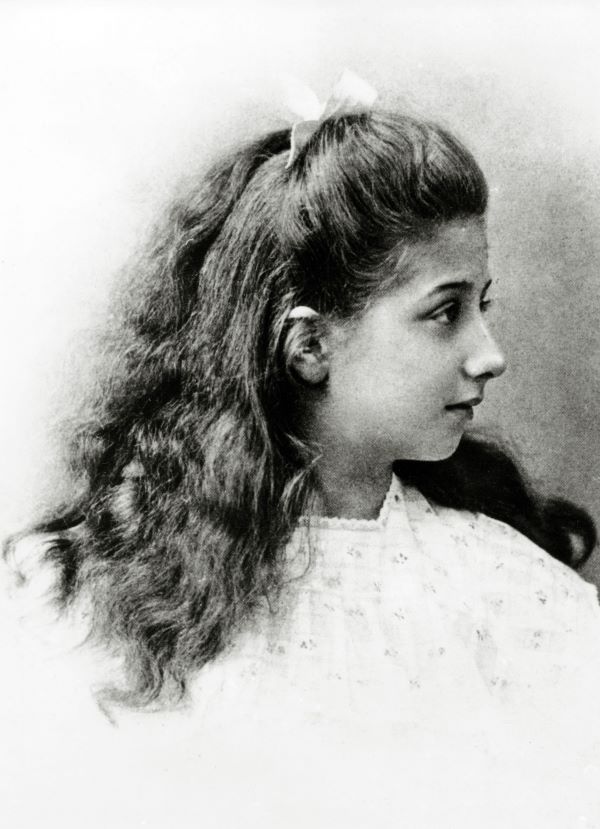
Mercedes Jellinek | Photo12/Universal Images Group via Getty Images 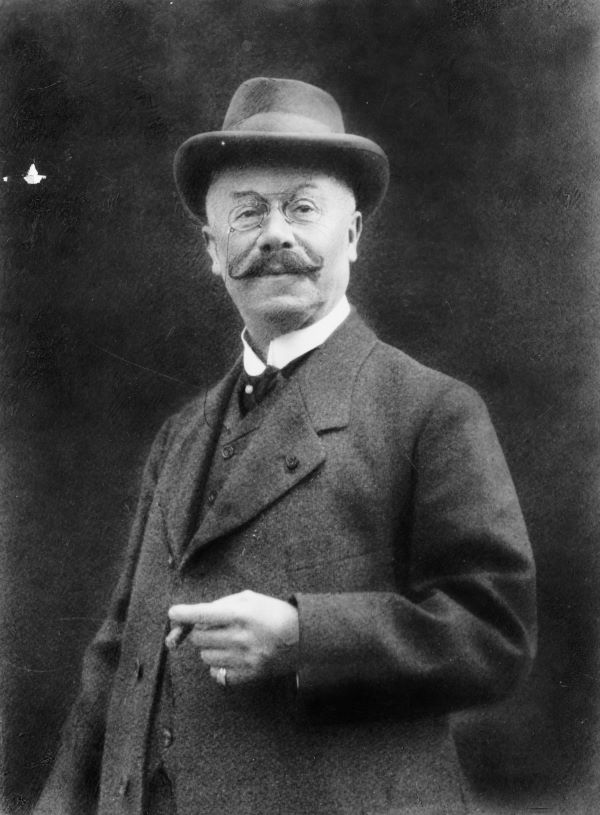
Emil Jellinek | National Motor Museum/Heritage Images/Getty Images
Mercedes Adrienne Ramona Manuela Jellinek was the first daughter of Emil Jellinek. Not much is known about her as an individual—rather, she is known only for her relation to her father. She was born in Vienna in 1889 to a wealthy family.
Through no specific effort on her part, her legacy would spark the creation of the Mercedes-Benz brand as we know it today.
Jellinek’s obsession with his daughter
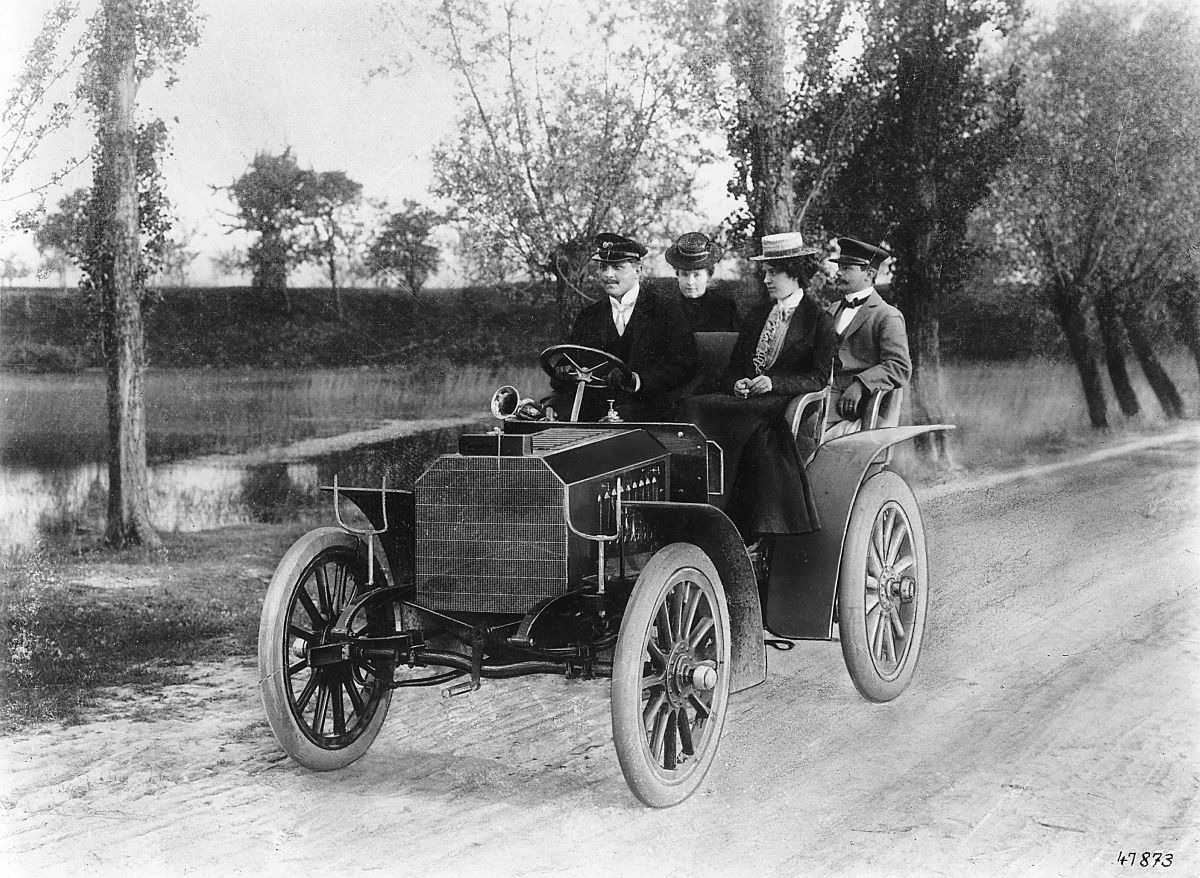
Don’t get me wrong—normally, a father’s love for his daughter warms my heart. But Jellinek’s obsession with his daughter (or at least her name) bordered on creepy.
When the family settled in Vienna in 1889, he named their sprawling home “Villa Mercedes.” When Jellinek raced in the late 1890s, he would do so under the name “Herr Mercedes.” When he made a deal with Daimler to order 36 cars under an exclusive sales agency, he did so with the express demand that those cars would be named after his daughter—the 1901 Mercedes 35 HP (35 PS, in German).
He purchased a yacht and named it after his wife. Just kidding, he named that Mercedes, too.
And in 1903, the racing enthusiast legally changed his family’s name to Jellinek-Mercedes. Whether it was pure obsession with his daughter or a deep-rooted belied that the name brought luck and fortune, Jellinek took on the name Mercedes as his own personal brand.
The tragic end of Mercedes Jellinek
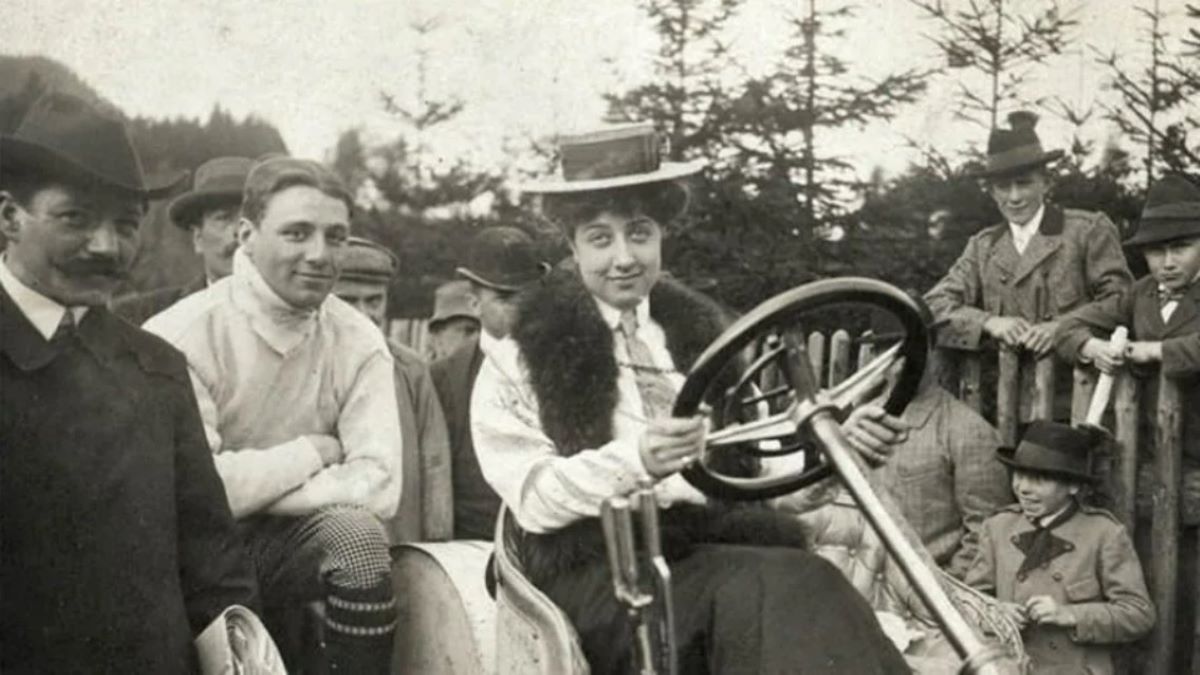
Though Mercedes-Benz enjoyed great success, its namesake was doomed to a tragic adult life filled with poverty, illness, and disappointment. According to a 2001 article from the New York Times, Mercedes Jellinek had two failed marriages to barons, was forced to borrow and ask for charity from neighbors, and eventually died poor in Vienna. She was only 38 years old.
Different sources tell this story differently. Most Mercedes-Benz professionals will make a quick mention of Mercedes as the apple of her father’s eye, and then move on quickly. But, for a moniker that brought so much fortune to Emil Jellinek, it was cursed for Mercedes herself.


